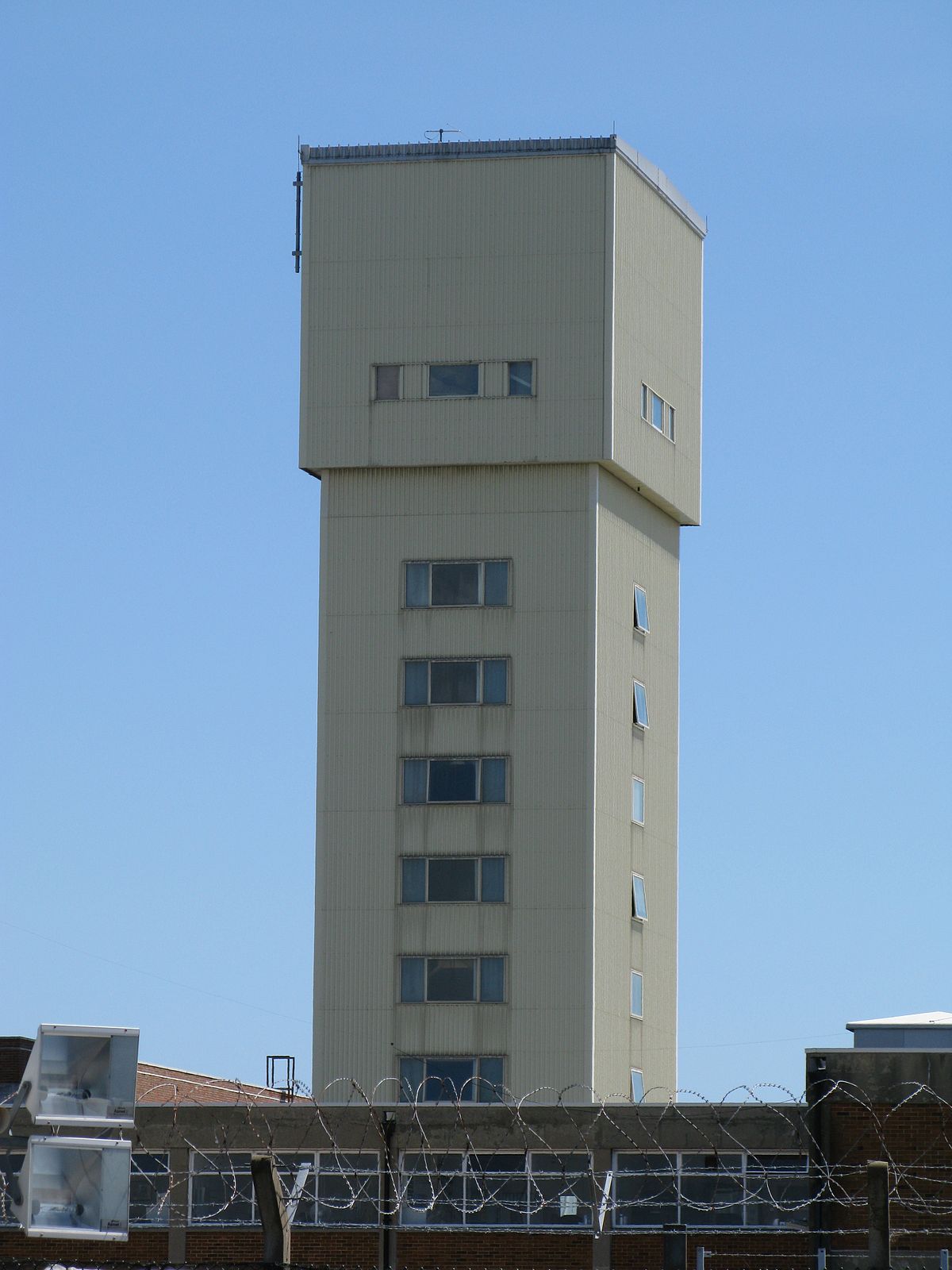I wonder what's the cost of building an in-ground vertical shaft pool. Say, 12 ft diameter, 10 - 20 meters deep. I mean they built Nemo33, so it's not something new. I'm thinking about a way scaled down versions, no caves, no restaurants on the sides, no windows, no frills, just deep but clean water. Well some sparse pool lights would help.
Anyway, just curious. There must be some of us here in pool construction business, right?
Take care and dive safe!
Anyway, just curious. There must be some of us here in pool construction business, right?
Take care and dive safe!



